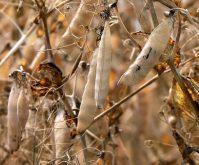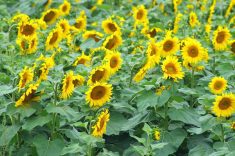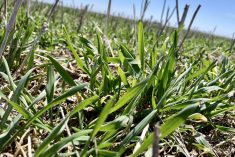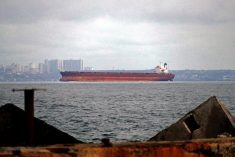Conflict in Ukraine has left the country’s farmers in a tight spot, as they’ve told agronomist Mike Lee.
Lee, who grew up in the U.K. but has managed large farms in Ukraine and worked in Kazakhstan, Uzbekistan and Russia, traveled 5,000 km through Ukraine and Russia in late March, evaluating winter crops and talking to farmers.
While he and his tour mates steered away from areas embroiled in conflict, it was clear that farms throughout the country are feeling the pain.
Farmers can’t access credit, he said, and there’s a general feeling of a chronic cash shortage.
Read Also
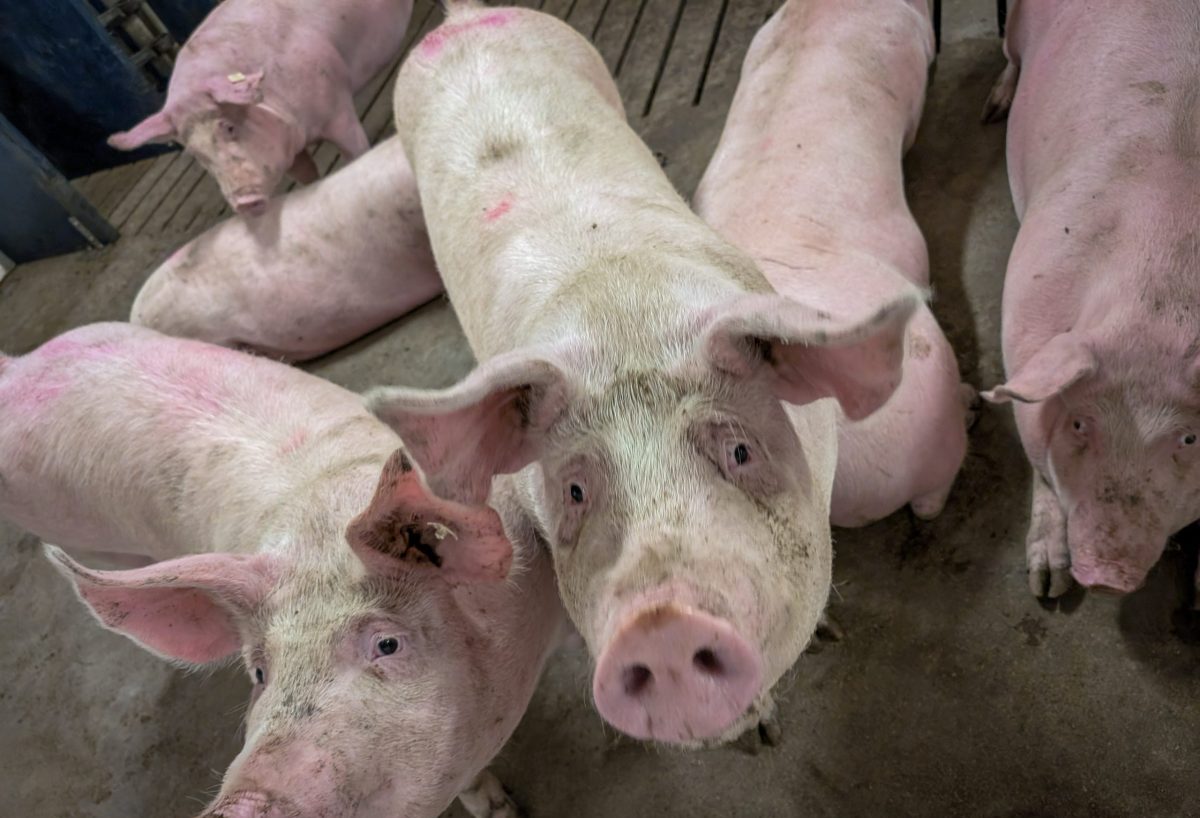
U.S. livestock: CME cattle futures lower after sideways trade
Chicago | Reuters – Chicago Mercantile Exchange live and feeder cattle futures inched lower on positioning on Tuesday as thin…
“It’s not quite gone back to the bad old days of the ’90s, but everybody is pretty much looking around to see what they can grab while they can because people are worried that wages aren’t going to be paid,” he said.
Economic agony is hitting some farms harder than others. Lee said representatives of the big agribusinesses to whom he spoke benefitted from good yields in 2014.
“They all seemed fairly upbeat about their cash flow position going into the planting period.”
Such farms, which can top 300,000 hectares, make up about 20 per cent of Ukraine’s farmland, Lee said. Assuming Ukraine’s economic woes carry into 2016, these farms may consolidate, or drop farmland that’s less profitable, he added.
Small farms will also survive, Lee said, as these farmers will simply spend less if they make less.
In between are the bulk of Ukraine’s farms — 5,000 to 20,000 hectares — and they’re feeling the squeeze, Lee said. Poor crop prices in recent years mean these farms don’t have the cash flow — and they don’t have access to credit, he added.
People in Ukraine, Russia and nearby regions are adept at soldiering through difficult situations, Lee said. The feeling is that they’ll push through the 2015 planting season, perhaps seeding more spring wheat and barley in lieu of pricier crops.
“People will find some seed from somewhere, get some diesel from somewhere and put something in the ground.”
But there’s no suggestion of a big upswing in grain prices and so current cash flow problems may pile up. The “real crunch time” will be seeding winter wheat this fall, and seeding spring crops in 2016, Lee said, as struggling mid-sized farms may simply run out of cash.
The economic crunch might “perversely stimulate land and stimulate reinvestment,” Lee said, as new money sees an opportunity to pick up distressed assets.
Crop conditions vary
Lee and his friends made over 500 separate rapid crop appraisals and 60 detailed in-field studies during their 12-day journey through Ukraine and Russia. They also talked to people on the ground about crop conditions, along with the economic and political situation.
Crop conditions varied in both Russia and Ukraine, as one would expect in such large areas, Lee said.
Broadly speaking, northern Ukraine and west-central Russia were very dry last autumn, creating patchy germination, Lee said.
Traveling further south in Ukraine, conditions improved. Lee saw “wonderful looking crops,” he said.
Crops around Rostov and southern Russia in general were faring well, too. Lee said there were no germination issues and the crops were in very good condition.
Southern Russia moves into a hot, dry summer very quickly, though, making April rains vital to yield — “and the rain has been intermittent this April.”
Lee undertook the tour to take a close look at crop conditions in both countries and share that information with interested parties.
Governments in both countries tend to issue broad, frequently changing statements about crop conditions, Lee said, and in his opinion, these statements are “disconnected from the reality” on the ground.
Lee’s March tour was a pilot for future crop tours, giving him a chance to work out hiccups and see if there’s enough interest to fund a full slate of tours.
Grain traders and ag industry players chipped in enough to cover costs for the first tour, plus a bit extra to reinvest in the next tour. Lee thinks there’s enough interest to justify more tours, but said they’ll need to ramp up subscriber numbers to make it economically viable.
Lee is now prepping for the second crop tour, slated for the end of May. Along with his colleagues, he’ll be checking spring crop emergence and pre-harvest condition of winter crops, he said. He also plans a third tour in August, focusing on pre-harvest conditions of spring-seeded crops.
If there’s sufficient interest, Lee will also tour in October to examine post-seeding conditions of winter wheat. He plans to glean information from each tour to build a baseline so he can compare official numbers, final yield, and the following year’s crop.
Visit Mike Lee’s blog for more information on Lee and his crop tours.
— Lisa Guenther is a field editor for Grainews based at Livelong, Sask. Follow her at @LtoG and Mike Lee at @AgronomyUkraine on Twitter.




